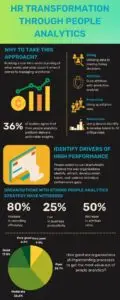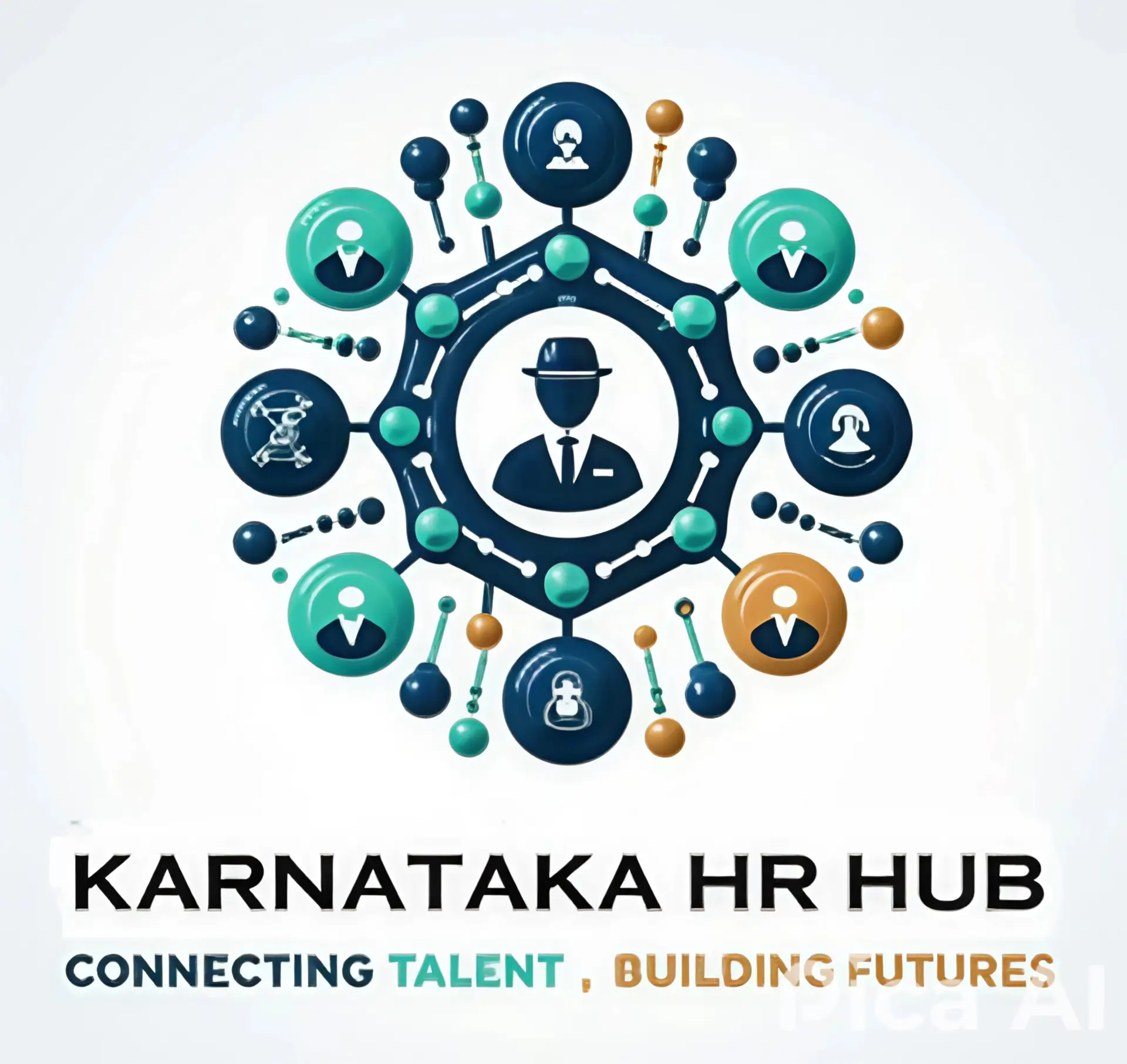The Future of HR Analytics in India: Revolutionizing Talent Strategies.

Introduction: A Data Revolution Sweeping Indian Workplaces
Back in 2017, I was buried in a stack of exit interview forms in a Delhi HR office, scratching my head over why our top talent kept slipping away. Was it the salary? The office vibe? We were guessing, burning weeks chasing shadows. Fast forward to 2025, and India’s HR scene is racing forward like a Mumbai local at peak hour.
From Gurugram’s sleek corporate hubs to Coimbatore’s bustling shop floors, data is reshaping how we manage rozgar—hiring, retaining, and inspiring people. With India’s workforce set to near 1 billion by 2030, per NASSCOM, HR analytics isn’t just a fancy tool—it’s the core of smart talent strategies.
So, what’s driving this shift, and how can Indian employers keep up? Let’s dive into the future of HR analytics with practical, human-centered insights.
Why HR Analytics Matters in India’s Diverse Job Market
What makes some Indian companies talent magnets while others struggle to fill roles? It’s not just free chai or Diwali bonuses—it’s about knowing what your people truly care about. HR analytics uses data to solve that puzzle, whether you’re hiring coders in Bengaluru or factory workers in Kanpur. In my 20 years in HR, I’ve seen analytics turn gut feelings into clear answers. A Deloitte 2024 study found that 67% of Indian firms using HR analytics improved hiring accuracy by 15%. That’s huge in a country where IT, retail, and agriculture compete for talent.
India’s Unique Workforce Challenges
India’s job market is a vibrant mix—urban Gen Z, rural graduates, gig workers. Analytics helps craft HR solutions that fit this diversity. But it’s no cakewalk. The Digital Personal Data Protection (DPDP) Act demands strict data handling, and messy records can derail even the best plans. Where do you start? With clean data—employee profiles, engagement surveys, performance metrics.
Question: What’s one people issue in your workplace that data could fix?
Predictive Analytics: Forecasting India’s Talent Future
Imagine spotting an employee’s exit plans before they update their LinkedIn. That’s predictive analytics, and it’s hitting India like a monsoon downpour. By crunching data—attendance, performance reviews, even internal chats—these tools catch problems early. In 2020, I worked with Persistent Systems in Pune, where predictive analytics flagged 10 at-risk employees. We offered career coaching, and eight stayed, saving lakhs in rehiring costs, per a SHRM India report.
How Predictive Analytics Works
Spotting Turnover Risks
Tracks signs like low engagement or frequent absences to predict who might leave.
Optimizing Hiring
Uses past performance data to identify candidates likely to succeed.
Planning for Skills
Forecasts gaps, crucial in India’s fast-evolving sectors.
Real-World Success
Infosys slashed attrition by 15% with predictive tools (SHRM India, 2024). But here’s the rub: these tools need clean data. Many Indian firms still limp along with outdated systems. My tip? Start with free platforms like Google Data Studio to track metrics and scale up.
Call to Action: Run a quick engagement survey this week. Can you spot turnover patterns?
Personalizing HR Solutions for India’s Workforce
Ever worked somewhere that felt like it got you? That’s personalized HR, powered by analytics. India’s workforce is a mosaic—Gen Z techies in Hyderabad, seasoned pros in Mumbai, factory workers in Indore. Analytics lets you tailor benefits, training, and career paths to their needs.
A Real-Life Win
In 2021, I helped Saravana Stores in Chennai, where young staff were leaving in droves. Analytics showed they valued flexible hours over bonuses. We launched a shift-swapping system, and retention soared 20% in six months. Data showed us what mattered.
Strategies to Personalize
1. Segment Employees Smartly
Group workers by role, age, or region using analytics.
2. Tailor Benefits with Data
Offer wellness programs or upskilling based on survey insights.
3. Stay Connected
Use pulse surveys for real-time feedback.
Navigating India’s Diversity
With 22 official languages and countless cultural nuances, one-size-fits-all HR flops. Tier-2 city workers in Jaipur may crave job stability, while Bengaluru’s techies chase growth. SMEs often face budget constraints. My advice? Use tools like Keka or greytHR, which now support Hindi and Kannada for broader reach.
AI and Automation: Powering HR Analytics in India
AI is buzzing across India, from Bengaluru’s tech hubs to Gurugram’s startups. In HR, it’s a game-changer—think AI screening resumes or tracking employee mood. Automating tasks like payroll or scheduling has saved me hours, letting me focus on people strategies. A Harvard Business Review study says AI-driven HR processes cut hiring time by 30%.
The Risk of AI Bias
AI isn’t perfect. I once saw a Mumbai firm’s AI tool reject rural candidates because it was trained on urban IIT resumes. In India, where diversity is a strength, this can amplify caste or regional biases. The fix? Diversify training data, audit regularly, and ensure DPDP Act compliance.
Top HR Analytics Tools for Indian Businesses
Enterprise Solutions (e.g., SAP SuccessFactors)
Ideal for large firms with complex needs.
Affordable Tools for SMEs (e.g., Keka)
Budget-friendly options like Keka or greytHR.
Free Options (e.g., Google Forms)
Start with Google Forms for basic surveys.
Question: How can AI simplify your HR tasks without losing the human spark?
Building a Data-Driven HR Culture in India
Great tools flop if your team doesn’t trust them. In tier-3 cities like Bhopal, I’ve seen folks brush off analytics as “too techy.” Shifting that mindset takes work.
Steps to Build Trust
1. Win Leaders Over
Show ROI—analytics saves 20% on hiring costs (SHRM India).
2. Train Teams
Use LinkedIn Learning for analytics skills.
3. Celebrate Wins
Share successes, like how data cut turnover.
4. Start Simple
Zoho People tracks basics easily.
A Case Study
In 2023, I worked with Arvind Ltd. in Ahmedabad, where morale was low. Analytics pinpointed rigid shifts as the culprit. Adjusting schedules lifted engagement by 17%. The key? Leaders trusted the data and acted fast.
Call to Action: Prepare HR Analytics Checklist for Indian Businesses to kickstart your data journey!
Overcoming India’s HR Analytics Challenges
HR analytics isn’t a quick fix. India’s hurdles—data silos, skill gaps, cultural pushback—can slow progress. Programs like Skill India push data-driven skilling for SMEs, adding urgency.
Key Barriers
Data Quality: Messy records kill insights.
Skill Gaps: HR teams often lack analytics know-how.
Cost: Tools like SAP are pricey for SMEs.
AI Bias: Algorithms can entrench caste or regional biases.
Solutions
Clean Data: Standardize and update employee records.
Upskill: Tap National HRD Network for training.
Affordable Tools: Use greytHR for SMEs.
Audit AI: Ensure tools align with diversity and DPDP Act rules.
In my 20 years, I’ve learned small steps—like tracking basic metrics—spark big results. Don’t chase perfection.
Conclusion: How HR Analytics Will Shape India’s Workforce by 2030
The future of HR analytics in India is thrilling, but it’s not a free ride. From predicting exits to crafting personalized benefits, analytics is revolutionizing HR solutions for Indian employers. My two decades in HR have shown me that data isn’t just numbers—it’s about seeing people clearly. Whether you’re a startup in Noida or a factory in Ludhiana, analytics can give you an edge in India’s dynamic job market. Start small: audit your data, run a survey, explore tools like Keka.
Ready to reshape rozgar? share your plans in the comments. Let’s build smarter, fairer workplaces together!
About the Author: Mr.Nageshwar Rao, AVP-TA with 20 years as an HR leader in India, specializes in data-driven talent strategies.
